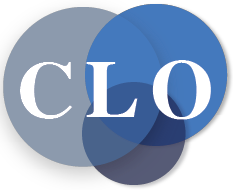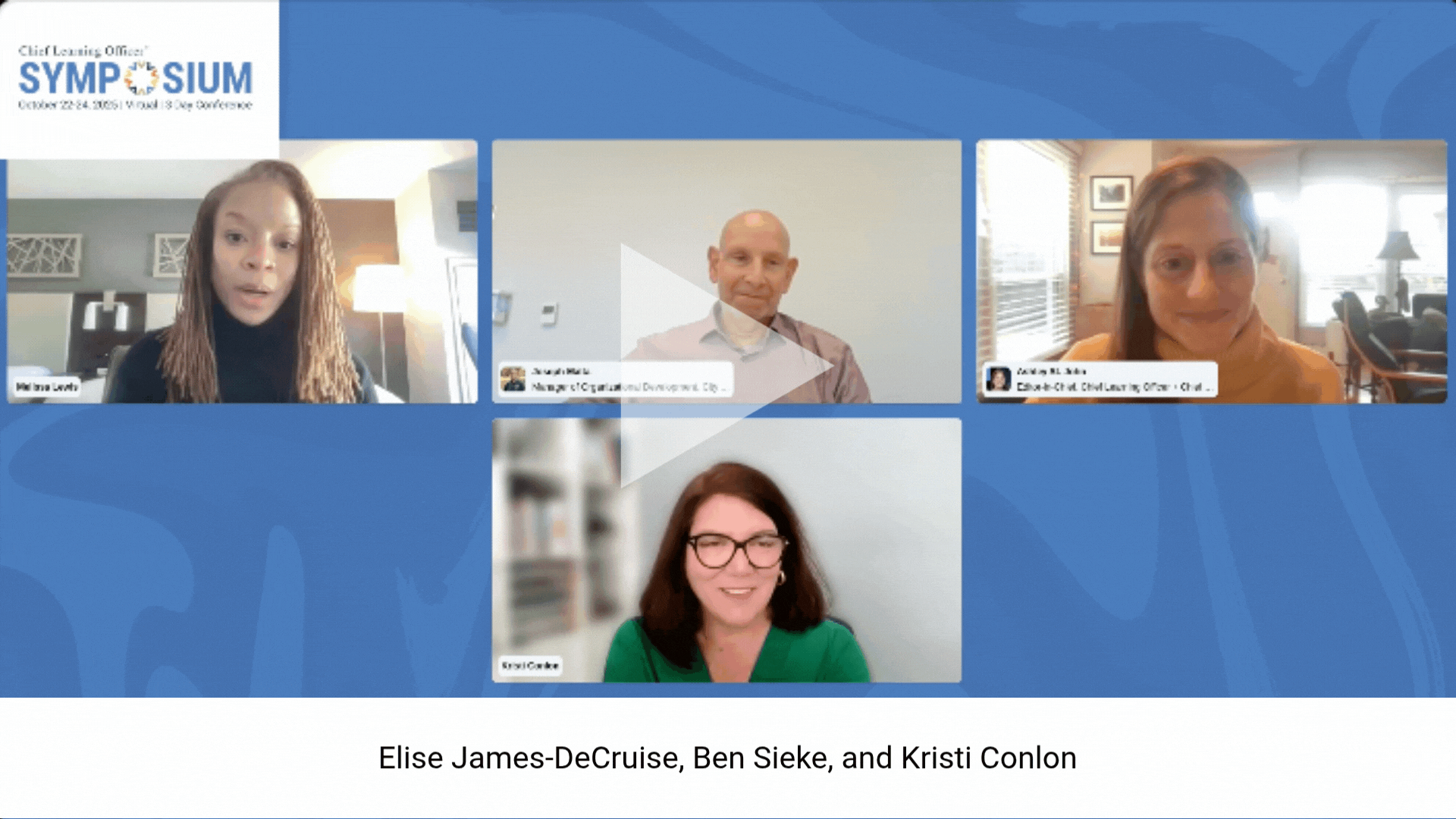If you’ve ever watched the popular reality show, “Say Yes to the Dress,” you will know there are often many emotions being expressed when the participants of the show are shopping for their wedding dress—happiness, frustration, anxiety, questioning their decision-making abilities and usually some tears show up throughout each episode, too.
You may be thinking to yourself, yes, and I have run that gamut of emotions and responses myself when dealing with work challenges! Some organizations are in such a state of disarray that it drives top talent away before they ever accept an offer of employment.
So, why would you willingly want to say “yes” to a mess when it comes to organizational culture or challenges, times of uncertainty and stress or difficult behavior changes needed? Simply stated, because those organizations most in distress need those leaders and talent development professionals who run toward challenges rather than away from them, those who thrive with problem solving and finding solutions to the most difficult of problems, those who persist even when the easy choice would be to give up.
By committing to a known mess, you are bringing your competence, confidence and ability to make an impact to a situation where many others may have previously seen as unfixable and given up and left, creating more havoc and chaos in the wake of their departure and creating a never-ending cycle of unhealthy work culture that no one feels brave enough to step in and try to solve.
Learning and organizational development experts are uniquely positioned to impact and shift unhealthy organizational culture significantly—from the upskilling and reskilling needed in working directly with leaders to the coaching and support we shape for individual contributors and teams, confident and competent talent management professionals willing to tackle these toxic environments head on set the tone for all of those around them in the organization also to step in versus run away from the issues.
A structured, three-step process to embrace the concept of “say yes to the mess” while maintaining personal well-being involves preparation, execution and knowing when to pivot.
Step 1. Assess and prepare (Know yourself and the mess)
The first step focuses on self-reflection and an honest diagnosis of the situation to ensure you are ready and the environment is one you can healthily engage with based on where you are in your leadership growth cycle.
Self-assessment of skills and readiness:
Action: Take stock of your current skills in key “mess-tackling” areas like change management, emotional intelligence, communication, agility, coaching and building trust.
Purpose: If you identify skill gaps, prioritize your own development first. Leading by example by transparently and vulnerably seeking your own growth demonstrates the commitment and behavior needed for cultural change in others.
Diagnose the organizational “mess”:
Action: Stop sugarcoating the culture. Work with your leaders to take an honest inventory and acknowledge the specific negative behaviors and norms that created the current chaos or toxicity.
Purpose: The first step is diagnosing how you got here. This requires an honest discussion of the culture’s deficits, not just discussing the aspired culture.
Step 2. Execute with accountability and empowerment (tackle the mess)
This step involves actively engaging directly with the cultural issues, promoting transparency and empowering others to take ownership of the changes needed.
Model accountability and transparency:
Action: Leaders must demonstrate transparency and take accountability for their role in contributing to the existing negative culture.
Purpose: This sets the tone for a culture where honest discussion about deficits is possible. Crucially, this includes supporting and coaching leaders to address those—including senior leaders—who are unwilling to change their toxic behaviors, regardless of performance.
Empower and reward engagement:
Action: Work directly with leaders and teams to empower employees with more autonomy and ownership. Encourage them to speak up comfortably about the difficulties and share examples of leaning directly into difficult situations.
Purpose: This fosters a culture where employees feel valued and heard, not just when they are given ownership, but sometimes simply by being in a safe place to discuss concerns. Remember to share the small wins to keep motivation high during messy, long-term change.
Step 3. Set boundaries and know when to pivot (Protect your well-being)
This critical final step integrates the necessary boundary setting to prevent burnout, acknowledging that not every organizational “mess” is a healthy challenge.
Prioritize well-being (Know when to “fold ’em”):
Action: Continuously monitor your own well-being. Recognize that saying yes to a mess is both emotionally and physically taxing.
Purpose: Protecting your health has to be paramount. If workplace culture or the effort to change things is taking a severe toll on your health and things are not improving after considerable effort, you must be prepared to walk away. This is not a failure; it’s prioritizing your health over an unfixable organizational mess.
Proactive management of instability:
Action: During periods of instability and change (which often cause increased turnover and conflict), be proactive with succession planning and cross-training.
Purpose: This reduces the burden on remaining employees and helps manage the short-term anxiety and resistance that inevitably accompany change, ensuring the organization can capitalize on the long-term benefits of stronger problem-solving and better engagement.
Still saying “yes?”
Saying yes to a mess doesn’t mean things magically shift quickly to a better, healthier place. There will undoubtedly be both short-term challenges as well as wins as you work toward longer-term impacts.
Employees may experience more anxiety and even resistance to change, as sometimes it can be comforting to continue to exist in chaos. Instability typically means increased turnover, so being proactive with succession planning efforts and cross-training to help reduce the burden on remaining employees is critical.
Conflict may seem to be more prevalent as issues start to be addressed openly and dealt with, versus being swept under the rug. However, long-term, the opportunities for increased collaboration, stronger and more efficient problem solving, reduced turnover and better employee engagement and morale, and fostering a culture for innovation and adaptability are all worthwhile benefits of tackling the “mess.”


















